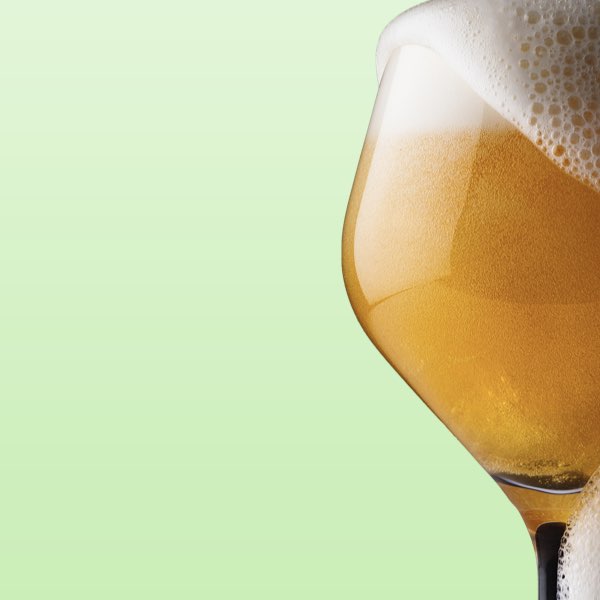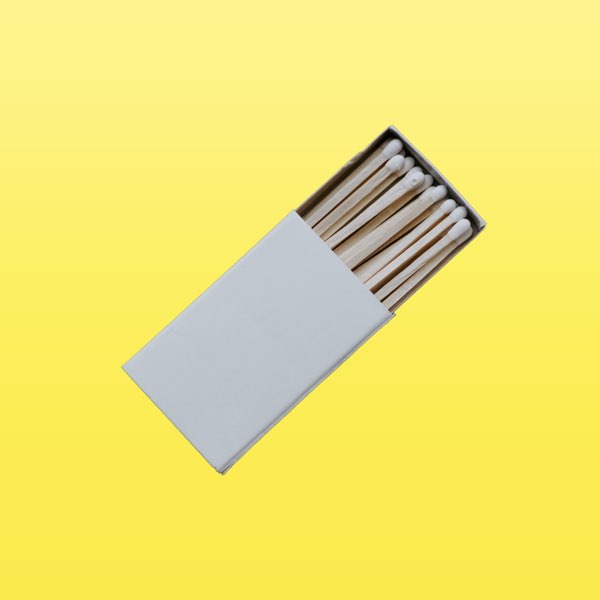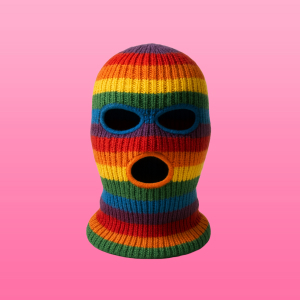Speculative ads = ads you create without actually working for the brand. So basically, fake ads.
Creating speculative ads was a game-changer for my career.
And I’m not the only one:
- My KeepCup headlines filled my calendar for an entire year ahead.
- Seine and Brave’s Netflix campaign got them published in Forbes.
- Sam Hennig’s KitKat ads doubled his followers.
Here’s why (and how) I make them:
WHY?
1. Creative freedom
No client feedback. No legal limits. It’s all about making the best idea.
Billboards with spoilers to keep people home during the lockdown.
2. Full credit
In real campaigns, too many people are involved. But someone who hires me wants to see MY work.
3. Transparent process
Unlike with client work, I can reveal every step of my process.
Share your process to increase credibility.
4. Quick execution
Jump on trends without waiting for approval from 16 executives.
Carrie Rose turned the Bernie meme into an ad, generating 1.2M+ views for her agency, Rise at Seven.
5. Brand legacy
An established creative territory makes a good starting point.
Sam Hennig used “Have a Break, have a KitKat” as a starting point.
HOW?
Pick a brief. Make an ad. Share online.
I like using these briefs:
• D&AD 40+ briefs from real brands.
• Copywriting Prompts Hundreds of prompts. (h/t Ishika Jain)
• One Minute Briefs A daily creative competition.
• Wash-a-pig Weekly advertising prompts.
• Young Shits A new brief every month.
• Deconstruct: Find a bad ad on Ads of the World and ask yourself what the brief was. Then, create a better solution.
• Solve a global problem: The UN listed the world’s 17 biggest problems. Choose one and ask: How can a brand help or raise awareness?
👇Bottom Line 👇
You don’t have to work for great brands to create work for great brands.







